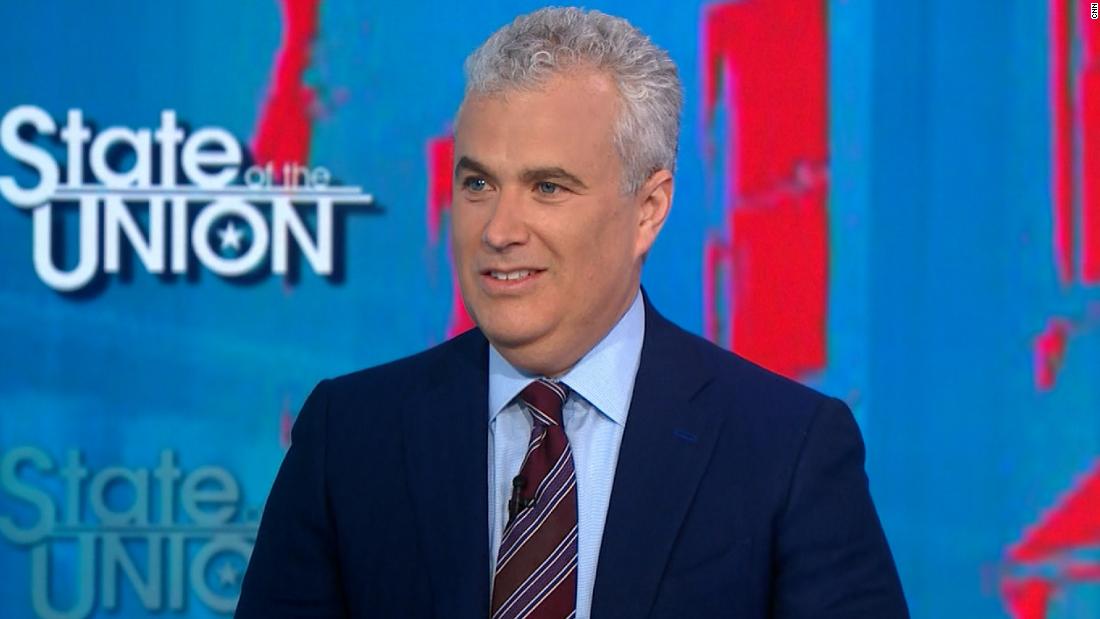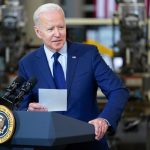Why NVIDIA Stock Just Dropped 2%: The Real Reason Behind Wall Street’s AI Panic
If you blinked during the Tuesday morning trading session, you might’ve missed a subtle but significant dip in one of the world’s most-watched tech stocks: NVIDIA (NASDAQ: NVDA). The chipmaking giant, hailed as the poster child of the AI boom, saw its stock tumble roughly 2% after Huawei, China’s tech juggernaut, dropped a bombshell—mass shipments of its advanced AI chip, the Ascend 910C, will begin next month.
While a 2% drop might not seem like much in the grand scheme of NVIDIA’s trillion-dollar empire, this news rattled a lot of investors. Why? Because it’s not just about one chip. It’s about the potential shift in power in the global AI hardware race—and what that means for NVIDIA’s dominance.
Let’s break down what happened, why it matters, and what’s next for NVDA shareholders, AI bulls, and anyone keeping an eye on the U.S.-China tech rivalry.
The News That Shook the Market: Huawei’s AI Chip is Ready
In a report that caught many analysts by surprise, Huawei confirmed plans to mass-produce and ship the upgraded version of its AI chip—Ascend 910C—starting as early as next month. The 910C is a part of the Ascend series, China’s answer to NVIDIA’s dominance in the GPU-based AI accelerator market.
Huawei didn’t just stop at the announcement—they hinted at targeting domestic Chinese clients who’ve been starved for alternatives ever since the U.S. ramped up restrictions on exporting cutting-edge chips like NVIDIA’s A100 and H100 to Chinese companies.
The immediate market reaction? A knee-jerk sell-off in NVIDIA shares as investors began recalculating future revenue streams in China, one of NVIDIA’s largest markets for data center products.
Why This Move from Huawei Is a Big Deal
Let’s put this into perspective. NVIDIA’s most powerful AI chips—like the A100, H100, and upcoming Blackwell series—are currently the gold standard for training large language models and powering AI infrastructure.
But Huawei’s Ascend 910C is no joke. It’s the successor to the original 910 chip, which already showed promising performance benchmarks. According to industry insiders, the new 910C:
- Comes with better efficiency in AI training tasks
- Is optimized for Baidu’s PaddlePaddle framework and other Chinese-developed AI ecosystems
- Is not reliant on Western supply chains, making it immune to sanctions
In short: Huawei is building its own AI empire—and it’s finally reaching a stage where it can go head-to-head with NVIDIA, at least within the borders of China.
Why Did NVDA Stock React So Quickly?
Wall Street is forward-looking—and that’s both a blessing and a curse.
While NVIDIA still dominates global AI chip markets, the loss of future Chinese revenue due to increasing self-reliance from domestic players like Huawei is starting to be priced in. Here’s what’s fueling the concern:
- Export Restrictions: The U.S. government’s curbs on advanced chip exports have already slashed NVIDIA’s access to China. Losing that market share to a homegrown alternative is a real financial threat.
- Geopolitical Tensions: As the U.S.–China tech war deepens, Huawei’s resurgence may signal longer-term decoupling in AI development pipelines. Investors fear this could fragment NVIDIA’s global growth narrative.
- Shift in Sentiment: The entire AI chipmaker rally of the past year has been driven by scarcity and dominance. Any credible threat to NVIDIA’s position—even if only in one region—sparks a recalibration.
Is the Huawei 910C Actually a Threat to NVIDIA’s Tech Lead?
Here’s where it gets nuanced.
Technically speaking, NVIDIA is still miles ahead when it comes to GPU architecture, CUDA support, software integration, and developer ecosystem. Companies like OpenAI, Meta, Google DeepMind, and Microsoft Azure rely on NVIDIA’s chips and tools to run their AI models.
But Huawei isn’t trying to compete globally—yet. Their immediate goal? Satisfy domestic AI demand in a market starved for supply due to sanctions. And in that niche, Ascend 910C doesn’t need to beat NVIDIA—it just needs to be good enough.
And by all early signs, it is.
According to leaked benchmark data and developer tests from Chinese forums, the 910C performs competitively in training mid-size LLMs, particularly when optimized for Huawei’s own compute stack and AI frameworks.
Could This Trigger a Domino Effect?
Absolutely. If Huawei can successfully scale its AI chip production and prove performance reliability, it might inspire:
- Other Chinese tech giants (like Alibaba, Tencent, ByteDance) to shift procurement to local chips
- Chinese AI startups to build on non-NVIDIA architecture
- Broader government subsidies to prioritize domestic silicon over imported GPUs
All this could dent NVIDIA’s future growth trajectory—especially in a scenario where China becomes less reliant on foreign tech altogether.
So What Should Investors Do Now?
A 2% dip might seem small, but it could be the canary in the coal mine for something bigger.
Here’s how to think about it:
- Long-term NVIDIA bulls: This isn’t a reason to panic, but it is a reason to watch the China exposure and whether new revenue streams (like Blackwell chips and U.S./EU AI infrastructure spending) can offset the potential losses.
- Short-term traders: Watch for technical support levels and earnings revisions. If NVIDIA’s next earnings call mentions softer China numbers, we could see more downside pressure.
- AI chip investors: This might be a good time to diversify into emerging players in Asia or bet on other U.S.-based suppliers that don’t face the same export risks (like AMD or even Intel’s Habana Labs).
But Can Huawei Scale Fast Enough?
One thing investors often overlook is manufacturing capability. Unlike NVIDIA, which outsources chipmaking to TSMC’s bleeding-edge nodes, Huawei relies on SMIC (China’s largest chip foundry).
And here’s the kicker: SMIC is still stuck on older 7nm processes due to export bans on EUV equipment. That puts a cap on how competitive Huawei’s chips can be in the long run.
Unless China can find a way to leapfrog current fabrication limitations, NVIDIA will continue to lead on power efficiency and raw performance. But the AI wars aren’t just about performance anymore—they’re also about access.
What Happens Next?
NVIDIA’s next big test will be the rollout of the Blackwell GPU architecture, expected to hit markets later in 2025. These chips promise massive improvements in efficiency and scalability—perfect for the next generation of AI workloads.
On the other hand, Huawei’s success or failure in fulfilling its 910C orders next month will be closely monitored. If we start seeing big names like Baidu or Tencent shifting their AI workloads to Ascend chips, the narrative could flip fast.
The AI Chip Race Just Got Real
This isn’t the first time a tech heavyweight tried to challenge NVIDIA—and it won’t be the last. But Huawei’s timing and positioning are what make this different.
Just as the world is pouring billions into AI infrastructure, China may finally have a working, scalable, domestically produced alternative to NVIDIA’s chips. Whether that becomes a national success story or fizzles out due to tech limitations remains to be seen.
But one thing is clear: NVIDIA isn’t invincible anymore.
And that realization alone is enough to shake even the most bullish hands on Wall Street.
Key points
- NVDA dropped 2% after Huawei announced mass shipments of its Ascend 910C AI chip
- This chip could help China bypass U.S. export bans, hurting NVIDIA’s China sales
- The tech gap still favors NVIDIA globally, but Huawei may dominate its domestic market
- Investors should watch how fast Huawei scales—and how NVIDIA pivots globally










